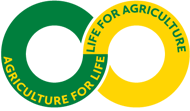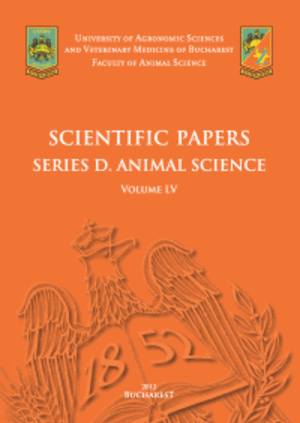Published in Scientific Papers. Series "Management, Economic Engineering in Agriculture and rural development", Vol. 24 ISSUE 4
Written by Victor ȚÎȚEI
Common millet, Panicum miliaceum, is one of the world’s oldest cultivated crops. This research was aimed at evaluating the quality indices of fodders and substrates for biomethane production from common millet crop. The cultivar 'Marius' of Panicum miliaceum, created at the National Agricultural Research and Development Institute Fundulea, Romania, cultivated in the experimental sector of the “Alexandru Ciubotaru” National Botanical Garden (Institute) MSU Chişinău served as subject of the research. The results revealed that the dry matter of Panicum miliaceum 'Marius' whole plants contained: 10.62% CP, 2.81% EE, 30.96% CF, 47.60% NFE, 8.01 % ash, 0.30% Ca, 0.23% P with 18.21 MJ/kg GE, 9.29 MJ/kg ME and 5.23 MJ/kg NEl. The prepared silage is characterized by pleasant smell and color, the dry matter nutrient and feed energy values were: 11.07% CP, 4.01% EE, 36.65% CF, 38.61% NFE, 9.66 % ash with 18.38 MJ/kg GE, 8.61MJ/kg ME, 4.69 MJ/kg NEl. The common millet hay contained 13.40% CP, 2.37% EE, 32.22% CF, 42.29% NFE, 9.72 % ash with 18.02 MJ/kg GE, 8.66 MJ/kg ME, 4.84 MJ/kg NEl. The common millet substrates for anaerobic digestion for renewable energy production had optimal carbon to nitrogen ratio and the estimated biochemical methane potential reached 303-305 l/kg organic matter. The Panicum miliaceum 'Marius' grain contained 140.0g/kg CP, 47.5 g/kg EE, 137.0 g/kg CF, 627.4 g/kg NFE, 48.0 g/kg ash, 0.9 g/kg Ca and 0.6g/kg P. The cultivar is characterized by optimal productivity, can be used in monoculture or as a component of the mix of annual legume crops, and the harvested green mass may be used as forage for livestock as natural fodder, hay, fermented fodders, also as substrate in biogas reactors via anaerobic digestion for renewable energy production.
[Read full article] [Citation]

 Next Issue will be published according the the calendar.
Next Issue will be published according the the calendar.



